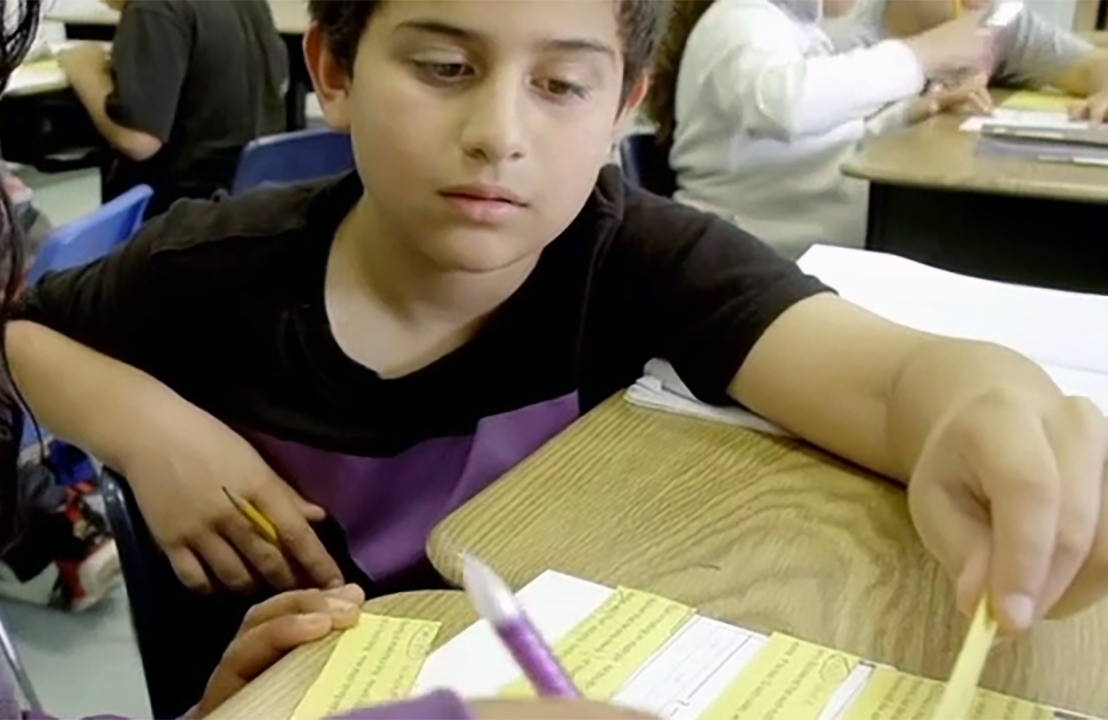The Three Tier Framework
Beck, McKeown, and Kucan (2002) proposed categorizing words into one of three tiers for the purpose of vocabulary instruction.
In this model,
Tier 1
words are basic and frequently used, so probably do not need to be taught;
Tier 2 words are more challenging but used across disciplines; and
Tier 3 words are rare and specific to a certain domain.
Note: These vocabulary categories are referred to as tiers, but they are not related to the practice known as tiered instruction.
More about each tier...
Tier 3 words are often given the most attention.
In content area texts and in typical vocabulary instruction, the focus is usually on Tier 3 words. These words are necessary to understand specific concepts and domains, and are often bolded and defined in content-area textbooks. However, these words are not usually the words that students need to fully understand and use in order to comprehend narrative texts.
It’s important to include Tier 2 words in vocabulary instruction.
Tier 2 words are especially useful for students because they are generative: they occur more frequently across content areas, they often connect to one another in meaning, and they are the words students need to know to be able to make arguments and discuss evidence. However, Tier 2 words are not included in vocabulary teaching as frequently as Tier 3 words. Teachers often do not recognize that Tier 2 words need to be explicitly taught.
Tier 1 words sometimes need to be taught if they have multiple meanings.
Sometimes Tier 1 words also need to be taught. These are words that seem simple, and students may even believe they have already mastered them. However, common words like model, concrete, or stress can have different, more abstract meanings in science, literature, or other fields.
For more information: Beck, Isabel L., McKeown, Margaret G., and Kucan, Linda. (2002). Bringing Words to Life. New York, NY: The Guilford Press
In the Classroom
Assigned texts should be previewed to identify words and expressions that might be unfamiliar to some students. For example, before reading a book about LeBron James, a few 4th graders might need a heads-up about what a ‘slam dunk’ is, and even basketball aficionados might need help in exploring its extended meaning, a clear and unqualified success. Other frequent idioms that have extended and no longer transparent uses include, for example, break a leg, bite the bullet, under the weather, beat around the bush. These need not be taught per se, but teachers should be alert to their potential to confuse students when they occur in assigned texts.
Professional Learning Task
Tier labels offer a useful model for thinking about vocabulary, but factors such as student age, background, or context can affect where a specific word lands. Coming to an agreement about which words are on which tier is very difficult.
A common challenge teachers face is how to ensure students can comprehend texts that are full of potentially unknown words. A first task in preparing for such a lesson is to review the words in the text and anticipate how much attention each word needs.
Any text may include:
- Words most readers already know, that probably don’t need special attention. Keep in mind though, that English language learners may need specific instructional support on words that are well known to readers who speak English as their first language.
- Academic words that students will need to know for this passage and for reading in general.
- Fun words that are probably new to these students and that students will benefit from knowing,
- Rare words that may need to be explained for the purpose of the passage in question but that students probably won’t need to retain long-term.
- Words and expressions that are
specific to the text/content being covered,
With colleagues, review an upcoming lesson and/or passage and select words that you would put into each of these five categories.

